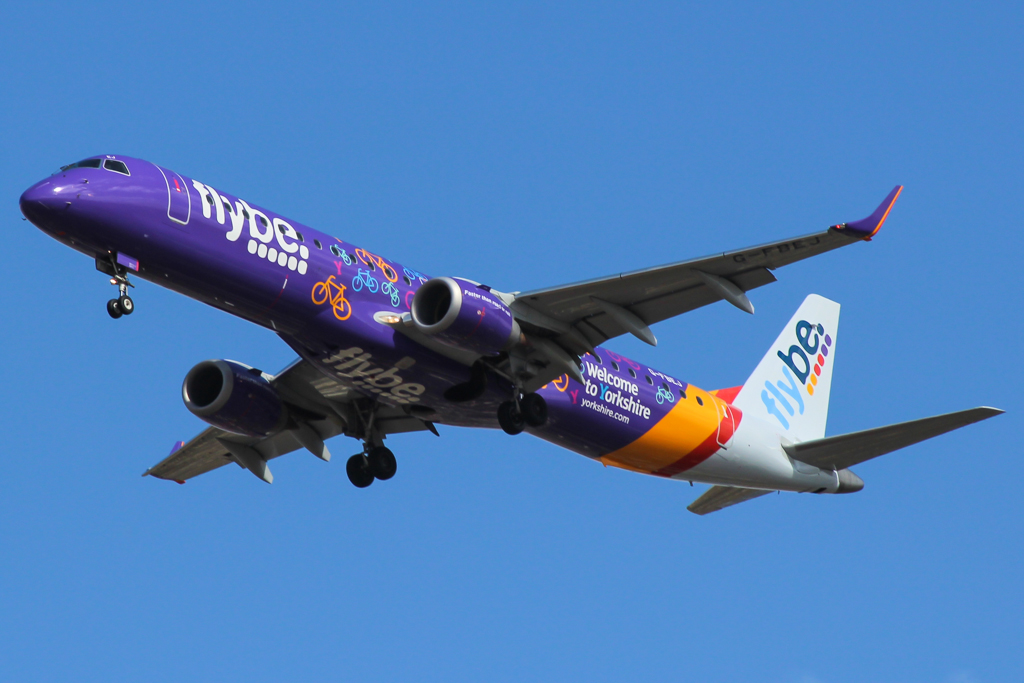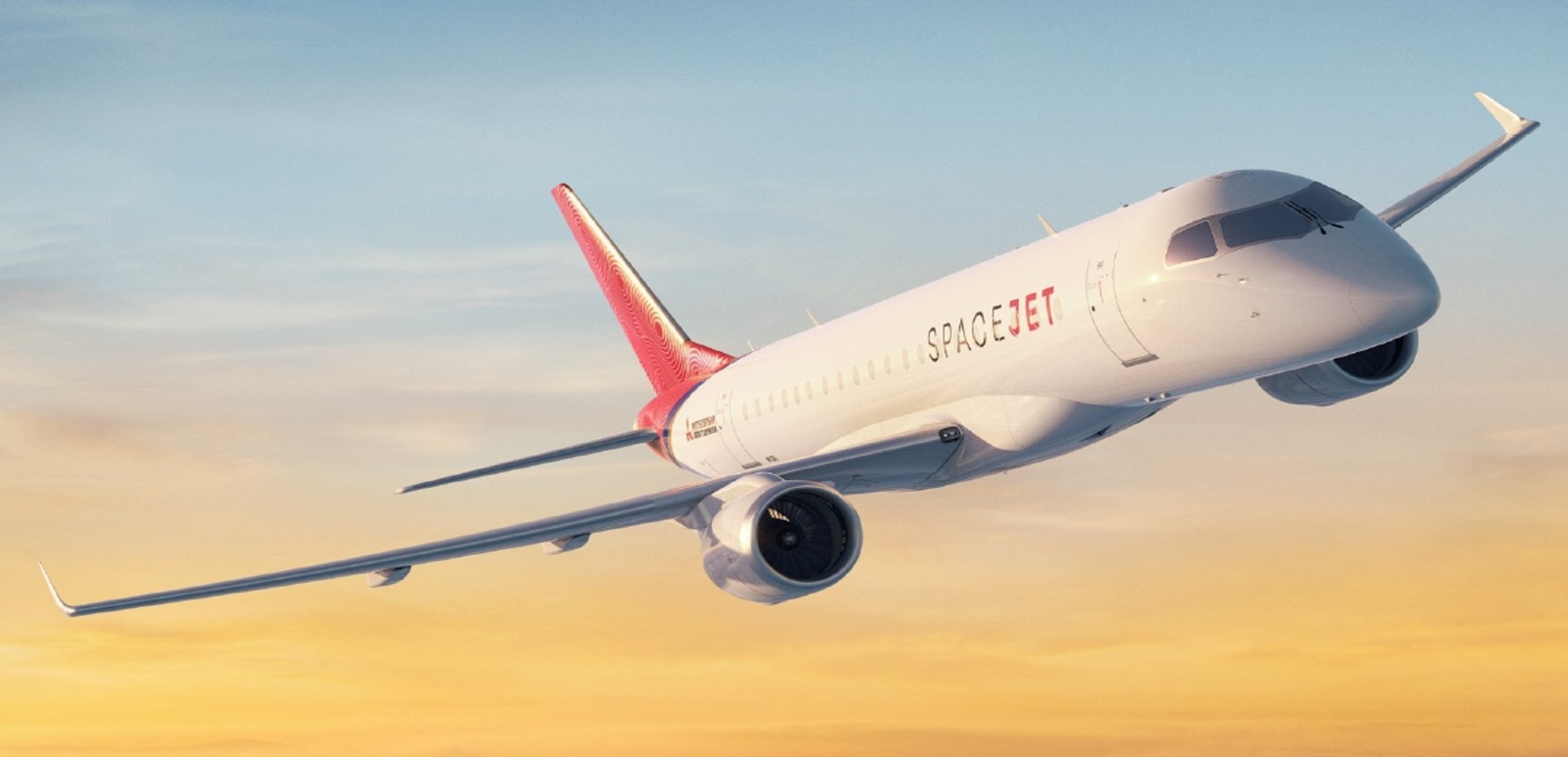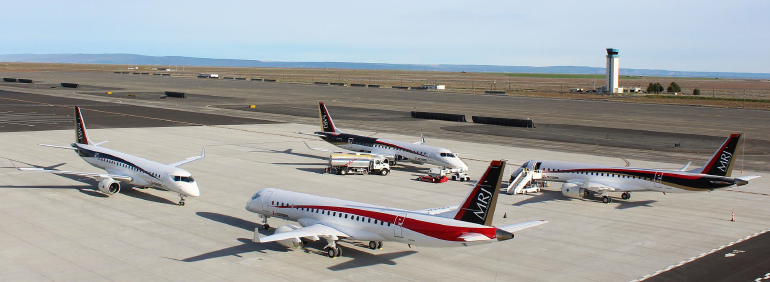Leeham News and Analysis
There's more to real news than a news release.
Pontifications: Boeing’s latest forecast raises more doubt than hope
Oct. 12, 2020, © Leeham News: Every year, like clockwork, when Boeing publishes its 20-year Current Market Outlook, there is always another upward revision in forecast demand for new aircraft.
So, when the Chicago-based OEM admits that demand has taken a long-term hit, you know the situation must be dire.
Last week, Boeing belatedly published its annual CMO forecast for global commercial jet production and services. The forecast was quite a comedown as it marked a 2% fall from Boeing’s previous expectations for aircraft demand, with a whopping 10% drop for widebodies and freighters.
Airbus has withheld its 2020 Global Market Forecast while it continues to assess the impact of COVID-19. Read more
A lost decade for aircraft manufacturers, suppliers
Subscription Required
Now open to all Readers
Introduction
By Judson Rollins, Bjorn Fehrm & Scott Hamilton
Sept. 21, 2020, © Leeham News: Commercial aviation is facing a lost decade due to COVID.
Yes, most forecasts target 2024-2025 as returning to 2019 passenger traffic and aircraft production levels.
However, LNA in July published its own analysis indicating full recovery may not occur until 2028. Breathless headlines notwithstanding, it will take years for vaccines to be widely available and considered safe by enough of the world’s population. Growing concern about vaccine production and distribution capacity through 2024 underscores this view. Even Southwest Airlines CEO Gary Kelly said earlier this month that business travel might not fully return for a decade.
Indeed, the 2020s may well be a lost decade for aircraft manufacturers and their supply chains.
 Summary
Summary
- Debt-laden airlines will have little money to order new airplanes
- Interest in re-engined 787, A350 likely nil this decade
- Airbus, Boeing, Embraer have little interest in launching new programs
- Engine makers too financially stretched to develop new designs
- Engineering talent, knowledge will be decimated by inevitable job reductions
- OEMs must “play the long game” at a short-term cost to safeguard their futures
Boeing’s Renton plant may close from 2033: Analysis
Subscription Required
Now open to all Readers.
Introduction
Aug. 10, 2020, © Leeham News: With Boeing likely to consolidate 787 production in Charleston (SC), reflecting a rate of 6/mo, the future of assembly in Puget Sound rears its head again.
LNA outlined Aug. 3 why Everett is the ideal location to assemble the Next Boeing Airplane (NBA).
Boeing’s product line also requires a new airplane in the 100-150 seat sector. Airbus’ A220-100/300 and, nominally, the A320neo (but not the A319neo) fill this sector. (The A320neo was originally designed as a 150-seat airplane. It now is commonly configured in the 150-180 seat size.)
Airbus has a design for an A220-500, which could replace the A320.
Boeing needs an efficient competitor to the current A220 plus a replacement for the 737-7 and, eventually, the -8.
And it probably won’t be assembled at the Boeing 737 plant in Renton.
Summary
- Boeing-Embraer JV was to focus on 100-150 seat airplane.
- Canceled deal could be revived.
- Or Boeing could choose a new partner.
- Moonshot would be two roughly concurrent new airplane programs.
Looking ahead for 2020 and 2030 decades: Mitsubishi
Sixth in a Series
Subscription Required
By Scott Hamilton
July 23, 2020, © Leeham News: The Mitsubishi Aircraft (MITAC) SpaceJet program is in limbo.
MITAC parent Mitsubishi Heavy Industries (MHI) suspended development of the M100 SpaceJet in the wake of the COVID-19 crisis. Customers are suppliers are in the dark about this program’s future.
suppliers are in the dark about this program’s future.
MHI continues to complete certification of the M90 SpaceJet, which is simply the rebranded MRJ90. But, as LNA previously wrote, the M90 is at an economic disadvantage to the competing Embraer E-Jets.
The planned entry-into-service for the M90 is next year. However, certification process by the Japanese regulator is slow. The impact by COVID on the certification process and EIS remains to be seen.
Summary
- M100 program on hold at least until next year.
- What’s next for MHI?
- Strengths, Weaknesses, Opportunities and Threats
Pontifications: There is no good news
May 18, 2020, © Leeham News: There simply is no good news in commercial aviation right now.
Yes, airport traffic is upticking in the USA (and elsewhere) slightly. But in the USA, it’s still less than 10% of last year’s totals.
There remains a tremendous amount of uncertainty.
- Airbus plans to lay off some 10,000 employees, according to press reports. Another production rate cut seems inevitable.
- Boeing’s CEO revised the forecast for air traffic recovery from 2-3 years to 3-5 years. Production recovery will take another 2-3 years after that, he said.
- Embraer’s biggest customer for the E195-E2, Azul Airlines, deferred deliveries from 2020-2023 to 2024. There haven’t been announcements about deferrals by US carriers for E175-E1s, but there is no reason to believe these won’t be deferred.
- Delta Air Lines says 7,000 of its 14,000 pilots will be surplus to its needs this fall.
- Spirit Aerosystems laid off about 1,700 employees due to Boeing’s production planning.
- Qatar Airways will retire 50 airplanes, defer new orders from Airbus and Boeing and cut the workforce by 20%.
The list goes on and on and on.









